Regarding bone-chilling, heart-pounding entertainment, nothing quite serves up the spooks like our favorite horror movie franchises.
From classics like “Halloween” and “A Nightmare on Elm Street” to modern cult favorites like “Final Destination” and “Saw,” these cinematic universes offer a tantalizing thrill that keeps us on the edge of our seats.
We’re talking about the sort of films that make your skin crawl yet somehow also make for the perfect group hangout as everyone reacts to the gory, blood-dripping scenes on the big screen.
Over time, horror has evolved into one of the most influential and enduring genres in cinematic history, still resonating in today’s pop culture.
Sure, die-hard fans might think they’re walking encyclopedias of their beloved franchises, knowing every dark secret, every Easter egg, and even random tidbits about the cast, directors, and crew.
But hold onto your popcorn because we’ve compiled a list of eight eye-opening facts that even the most ardent fans may not know about these widely adored horror franchises!
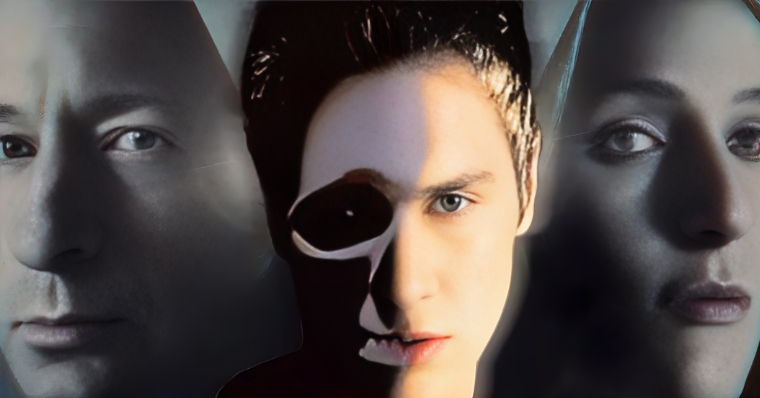
1. Final Destination is a Discarded Script from The X-Files
In the cinematic landscape of the early 2000s, one horror franchise captured audiences’ attention with its visceral, edge-of-your-seat storytelling: “Final Destination.”
The movies center around characters who miraculously cheat death, only to find themselves relentlessly pursued by an evil force determined to claim their lives.
It was gripping stuff. But what if I told you that the inception of this adrenaline-pumping franchise actually has its roots in an unproduced script for “The X-Files,” the iconic ’90s science fiction TV series? A twist that could rival any in the genre, wouldn’t you agree?
The first “Final Destination” film sprang from the fertile imagination of screenwriter Jeffrey Reddick. His initial spark of creativity was kindled by a real-life story about a woman who narrowly dodged death by missing her flight.
Pondering this, Reddick penned a script steeped in existential dread, musing on the relentless march of fate and how precarious our grasp on life truly is.
This concept was initially developed as a potential episode for “The X-Files,” a veritable cultural phenomenon in the ’90s known for its twisty, thought-provoking narratives.
Yet, despite the script’s promising premise, it didn’t make the cut. One could argue that maybe it was too impactful a narrative to be contained within a single episode of an already sprawling series.
Fast forward to a few years later, and enter James Wong and Glen Morgan—names that should ring a bell if you’re an “X-Files” fan, as they were integral to the series’ early success.
Intrigued by Reddick’s original storyline, they decided to give it the attention it deserved. The duo rekindled the neglected script and transformed it into the spine-tingling spectacle that would become “Final Destination.”

2. Saw Film Helped Save Lives
While horror movies often get a bad rap as society’s bogeymen, the genre can sometimes surprise you with its ability to do good in unexpected ways.
Take, for instance, the “Saw” franchise. This series, infamous for its harrowing depictions of psychological and physical torment, has been actively promoting blood donation campaigns every time a new installment gears up for its cinematic release.
Let’s delve into the nuances, shall we? From the get-go, the “Saw” films have orchestrated these charitable initiatives, and it’s not merely window dressing.
These campaigns have substantially boosted the number of blood donors in the United States. You heard that correctly; a franchise built on the premise of grim, sadistic challenges has been instrumental in saving real human lives.
A delectable irony for a series often criticized for its gratuitous violence, wouldn’t you say?
Let’s fast-forward to 2017, a pivotal year in the franchise’s philanthropic journey. With the launch of “Jigsaw,” the series took its activism a notch higher.
In a bold move, it crafted a campaign that spotlighted the barriers to blood donation faced by the LGBTQIA+ community.
And this was no run-of-the-mill campaign; it enlisted high-profile members of the queer community to serve as the face of the initiative. Amanda Lepore, a transgender model, actress, singer, and activist, was one of the iconic figures leading the charge.
What’s astonishing here is the multi-layered impact of such an endeavor. Not only did it boost awareness for blood donation, but it also fostered crucial conversations around social stigmas that impact marginalized communities.
Here we have a horror franchise—one that has frequently courted controversy for its explicit content—making waves in the realms of social justice and healthcare.
It’s like discovering a hidden track on your favorite album that turns out to be a game-changer—serendipitous and impactful.
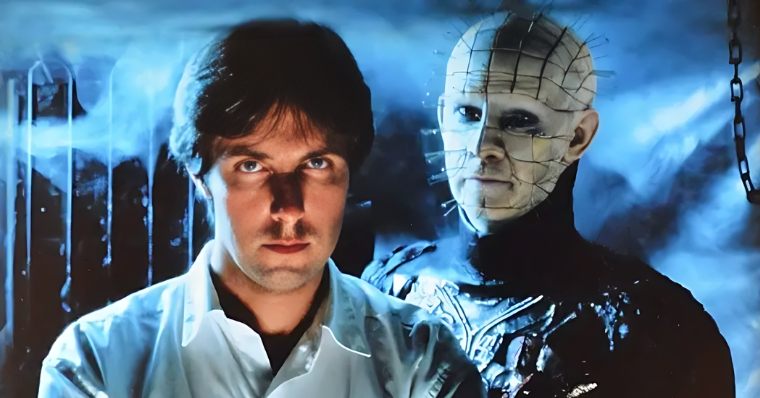
3. The Creator of Hellraiser Doesn’t Like the Pinhead Nickname
Before Clive Barker transformed his novella “The Hellbound Heart” into the silver screen’s gory masterpiece “Hellraiser,” he was already a prominent figure in the horror literary landscape.
Thanks to his blood-curdling anthology, “Books of Blood,” he had cemented his status as a maestro of macabre. But that’s not all.
Annoyed by subpar film adaptations of his writings, he took matters into his own hands. That’s how “Hellraiser: Hellbound” came into being, introducing us to the nightmarish realm of the Cenobites.
The movie features Doug Bradley in a pivotal role—the fearsome leader of the Cenobites. But here’s where things get a little complicated.
Fans of the film started referring to Bradley’s character as “Pinhead,” an obvious nod to the pins protruding from his skull.
That sounds like a cool nickname, you might think. But you’d be wrong—at least according to Barker. Clive Barker himself is none too pleased with this moniker.
He’s even vocalized his distaste for the name in his book, “The Scarlet Gospels,” which acts as a sequel to his original novella.
In the written realm of Barker’s creation, the character is more formally—and perhaps more fittingly—known as the Hell Priest.
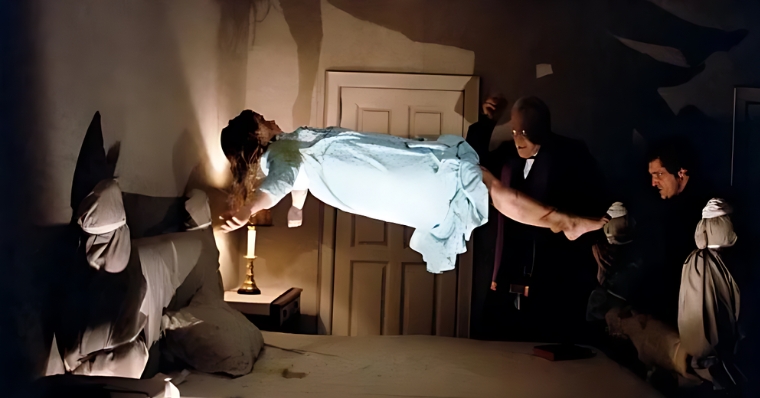
4. The Exorcist Author Directed One of the Franchise’s Films
Before we delve into it, you must know that William Peter Blatty wasn’t just your garden-variety horror novelist.
The American writer was the brains behind the novel that became the foundation for the iconic 1973 film, “The Exorcist.”
Not only did he pen the chilling story that would terrify generations, but he was also the mastermind behind the screenplay of the groundbreaking film, elevating it into one of horror cinema’s everlasting classics.
But let’s add another layer to this already intriguing narrative, shall we?
Flash forward a few years, and you find Blatty grabbing the director’s chair for the sequel, “The Exorcist III.” Now, what would make an author turn into a director?
As it turns out, the answer lies in his visceral disappointment with 1977’s “The Exorcist II: The Heretic.” Despite carrying the name of the original, the sequel was a box-office disaster that left fans and critics unimpressed.
It essentially served as a cautionary tale for not to continue a beloved story.
Feeling a sense of ownership and probably a dash of indignation, Blatty decided to steer the ship himself. “The Exorcist III,” directed by Blatty, wasn’t just any follow-up; it was crafted from his own novel “Legion,” which was meant to serve as an authentic continuation of the original storyline.
The decision to direct wasn’t just about ego or artistic control; it was a rescue mission, an attempt to bring dignity back to a franchise that had veered dangerously off-course.
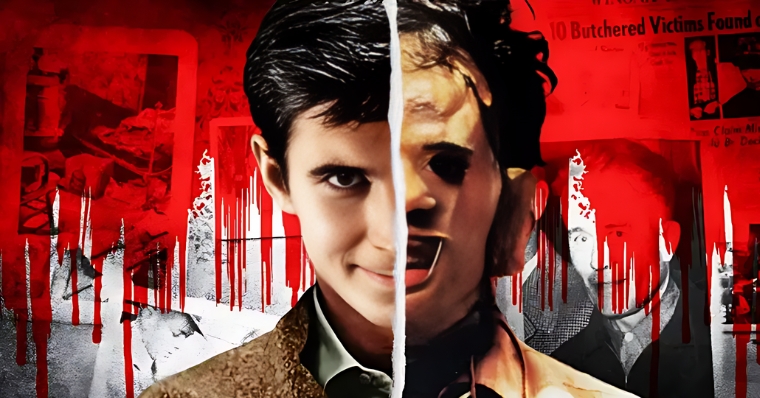
5. A Real-Life Nightmare inspired Leatherface, Norman Bates, and Buffalo Bill
The fascination with serial killers in American culture is nothing short of obsessive, often tiptoeing on the edge of morbid curiosity.
But here’s a riveting nugget that even avid horror fans might not be aware of: Three of the most iconic villains in horror cinema—Leatherface from “The Texas Chainsaw Massacre,” Norman Bates from “Psycho,” and Buffalo Bill from “The Silence of the Lambs”—were all inspired by the same real-life individual.
The man behind the myth? Ed Gein was a notorious criminal apprehended in 1957 for gruesome acts, including murder and grave robbing.
Leatherface, the sadistic cannibal of “The Texas Chainsaw Massacre,” doesn’t just live in a house of horrors; he practically turned his home into a grisly art gallery.
It features furniture and home accessories crafted from human skin and bones, a design aesthetic chillingly reminiscent of Ed Gein’s actual home. The connection is eerie and begs the question: How much can reality influence the realm of fiction?
The story gets even more twisted with Buffalo Bill and Norman Bates. These two infamous villains targeted women and had a preference for dressing like them, although this was a somewhat distorted representation of Gein’s own tendencies.
It’s worth noting that the public’s misunderstanding of Ed Gein’s acts played a role in perpetuating harmful social stigmas against transgender individuals in the United States.
The misinterpretation of Gein’s crimes as indicative of transgender behavior lent fuel to an already unjustifiable transphobia in American society.
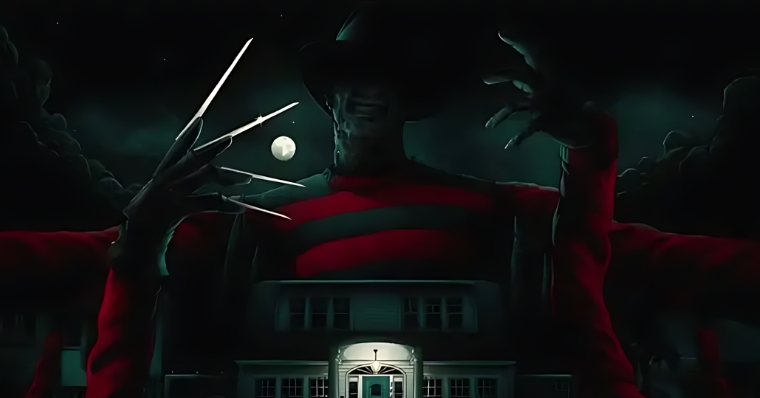
6. A Real-Life Event Inspired a Nightmare on Elm Street
When we think of pioneering masters in the horror genre, Wes Craven unquestionably claims a top spot.
Before he unleashed the “Scream” franchise upon us, which is lauded for revolutionizing horror in the ’90s, Craven had already earned his stripes with “A Nightmare on Elm Street.” T
his iconic series centers around Freddy Krueger, a villain with the extraordinary ability to hunt people down within the labyrinth of their own dreams.
But hold onto your seats—many fans are oblivious to the fact that this spine-chilling concept didn’t spring purely from Craven’s imaginative mind. It was rooted in some eerily mysterious real-life cases.
In the 1980s, publications like The New York Times and the Los Angeles Times brought something utterly perplexing to public attention.
They began reporting on a series of deaths that seemed to defy logic and medical reason. The victims, all in good health and of Asian descent, were dying inexplicably in their sleep. Medical experts and journalists called this phenomenon the “Asian Death Syndrome.”
By the time the first installment of “A Nightmare on Elm Street” hit the silver screen in 1984, this mysterious phenomenon had claimed around 100 lives. Talk about life imitating art—or is it the other way around?
Craven didn’t merely lift the headlines for his iconic horror film. No, he engaged in an interplay of facts and fiction, molding them into a narrative that lingers in our collective consciousness to this day.
Freddy Krueger, with his razor-sharp glove, became a manifestation of our deepest fears around the vulnerability of sleep and the uncharted territory of our dreams.

7. Halloween and Star Trek Share a Curious Connection
In the spine-chilling month of October 1978, the world was introduced to the evil enigma known as Michael Myers, thanks to John Carpenter’s cinematic revelation “Halloween.”
This movie wasn’t just your run-of-the-mill horror flick; it was a genre-defining powerhouse that laid the cornerstone for what we now fondly refer to as the slasher film subgenre.
Yet, beyond the relentless chills and thrills lies an unexpected connection to another colossal titan of popular culture, none other than the Captain Kirk of “Star Trek.”
You might be wondering what the ominous and dark world of Michael Myers could share with the far-flung cosmos of “Star Trek.”
It’s an intriguing tidbit that often catches even the most dedicated horror and sci-fi fans off guard. When the creative minds behind “Halloween” set about designing the petrifying look for the Haddonfield killer, they sifted through various costume options.
But guess what? They settled on an altered face that would surprise many: William Shatner’s. Yes, Shatner, the legendary actor who breathed life into Captain James T. Kirk of the USS Enterprise in the groundbreaking original series “Star Trek.”
To morph the Shatner mask into something far more terrifying, it underwent a startling transformation.
The hair was dyed, the facial features were blanketed in an eerie coat of white paint, and the eye holes were made eerily larger.
You then had an emblem of terror that contrasted sharply with its origin as the face of a galaxy-exploring hero. Isn’t it fascinating how an object can shift from symbolizing unbounded space exploration to becoming an icon of unrelenting horror?
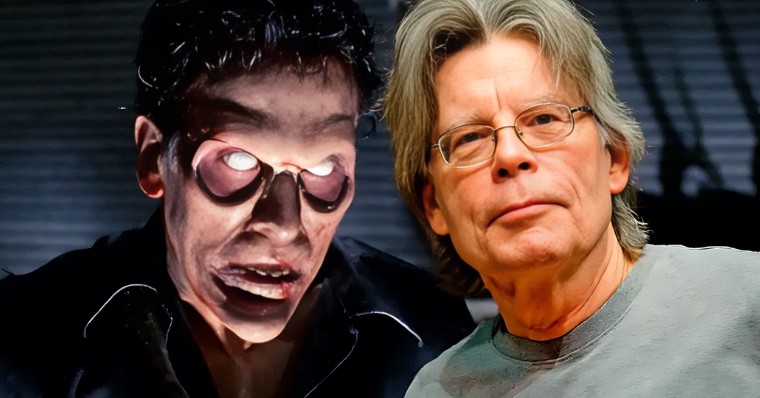
8. Stephen King Saved the Evil Dead Franchise
When “The Evil Dead” made its screen debut back in 1981, it wasn’t just a film—it was the cinematic birth announcement of director Sam Raimi.
And what a start it was! Not merely content to be Raimi’s initial foray into the world of moving pictures, “The Evil Dead” set the foundation for an entire franchise that would eventually roll out its fifth installment recently.
But what’s often overshadowed in this tale of horror glory is a fascinating subplot: without the literary heavyweight Stephen King, “The Evil Dead” could have vanished into the mist of cinematic failures.
Let’s rewind a bit for context. Initially, “The Evil Dead” premiered at the prestigious Cannes Film Festival. You’d think that would be a golden ticket to success, but hold on.
Distributors were balking left and right, reluctant to back a film drenched in gore and violence. The future of Ash Williams and his chainsaw-wielding antics seemed to be dangling by a thread.
Here’s where the plot thickens. Enter Stephen King, the horror fiction maestro, who happened to catch a viewing.
He was so riveted by what he saw that he penned an effusively positive review sprinkled with all the eloquence and enthusiasm you’d expect from the man behind works like “Carrie” and “The Shining.”
This King-sized endorsement nudged New Line Cinema into acquiring the distribution rights, a move that allowed “The Evil Dead” to escape obscurity and etch itself into the annals of cult classic status.
One can almost argue that Stephen King acted as the guardian angel for “The Evil Dead,” enabling it to go from a struggling newcomer to a revered mainstay in horror cinema.
